Although the average person has a great appreciation for the earth and its beauty, the sad reality is that humans are still having a negative impact on animals, especially those in Africa. Pouching, pollution, poisoning and other forms of destructive human behavior have a huge impact leading to extinction and hundreds of species becoming endangered. Here is a list of the most endangered African animals. Have you seen any of these along the road on your self-drive holiday?
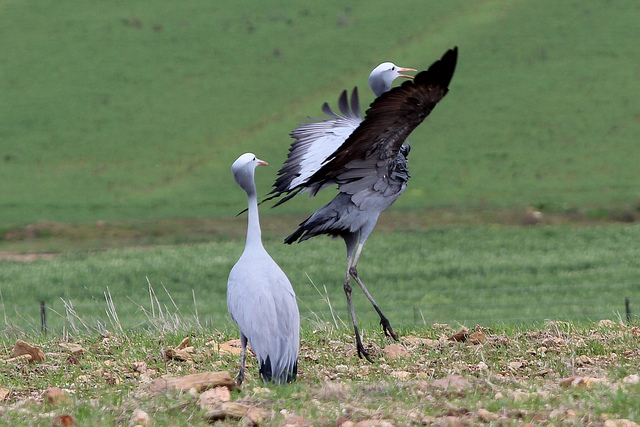 The most endangered African animals: The Blue Crane by Arthur Chapman
The most endangered African animals: The Blue Crane by Arthur Chapman
South Africa’s national bird, the Blue Crane, is in danger of becoming extinct for a number of reasons including the threats they face with regards to the ecosystem and devastation of their natural habitat. There are 15 species of crane in the world, 11 of which are under threat resulting in the crane families being the largest ratio of species under three categories. These three categories are “Critically Endangered”, “Endangered” and “Vulnerable”. These birds are threatened due to direct poisoning, mining, agriculture, development and the further destruction of their grassland homes.
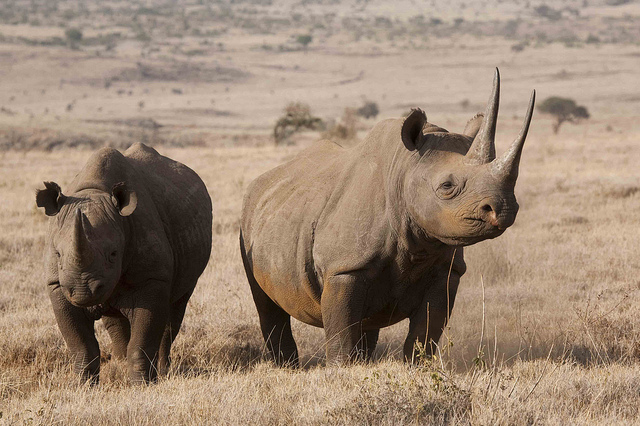
The Black Rhino is often referred to as the hook-lipped rhino while the White Rhino is sometimes known as the square-lipped rhino. The horns are made from the same material found in human hair and nails; keratin. Each horn can grow up to 50 inches in length. The Black Rhino, which seems to be the preference of poachers, is highly endangered across Africa with numbers dropping at a rapid rate year after year.
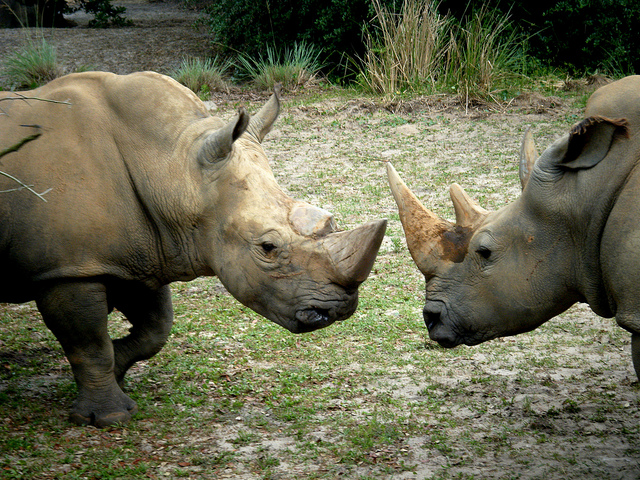
White Rhinos are divided into two species: the Northern White Rhino and the Southern White Rhino. With a population of about 20 600, the Southern White Rhino is the least endangered of the living kinds of rhino. It should be noted, however, that this species is classified as near threatened by the IUCN Red List of Threatened Species. Known as the world’s rarest large animal, the Northern White Rhino is one of the most endangered African animals. There are only 7 Northern White Rhinos left in the world and conservationists are worried about their future reproduction. Similar to the Black Rhino, the White Rhino has two horns comprised of compressed keratin. The Northern White Rhino’s front horn is generally 37 inches – 40 inches long, while the Southern White Rhino’s can reach 79 inches. The rear horn of both subspecies is smaller, reaching 22 inches in length. See the graphic below to get an idea of the various types of rhino sizes in height and length. 
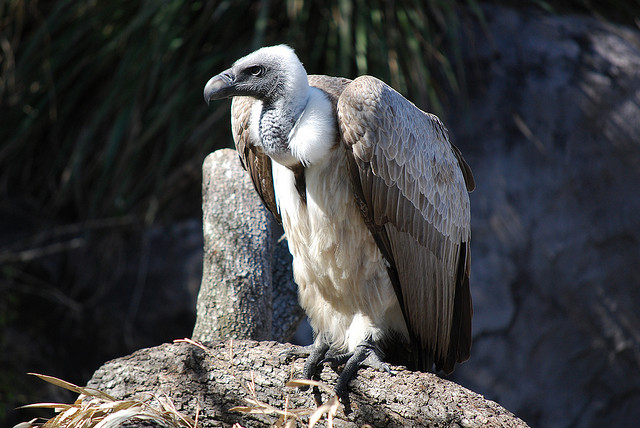
There are 15 species of Old World Vultures and seven species of New World Vultures, 9 of these are located in Southern Africa alone of which 7 of these are endangered or vulnerable. Ecologically a healthy vulture population is vital to any wildlife region, being the cleaners and the waste control of nature keeping disease and vermin at bay. According to Dr. Chris Magin from RSPB (Royal Society for the Protection of Birds) in the United Kingdom, one in every six birds of prey are facing extinction, with vultures almost non-existent in parts of West Africa.
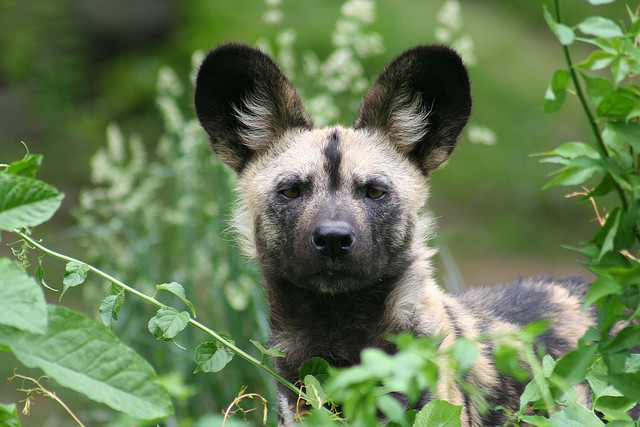
The African Wild Dog, also known as the painted wolf, which must be one of the best “pet” names on the planet, is probably one of the most endangered species, especially on the African continent. They do not adjust to captivity easily at all and many reserves and parks are too small to accommodate these gorgeous creatures. The best chance of seeing the African Wild Dog will be in Eastern Namibia and the Kruger National Park in South Africa.
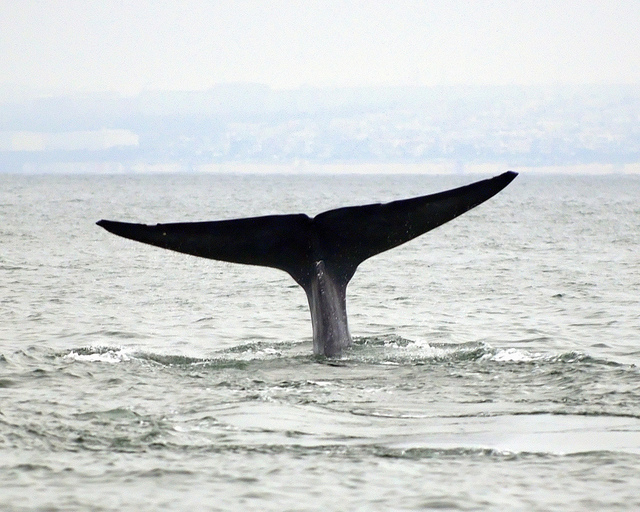
The Blue Whale is the largest known animal on earth, ever, reaching sizes larger than the prehistoric reptiles, the dinosaurs. The population numbers of the Blue Whale are more difficult to estimate and predict compared too many of the Earth’s amazing creatures. Blue Whales are predominantly found along the South African coast while the Pygmy Blue Whale is found near Madagascar.

Technically speaking, the Cheetah is on the endangered list as vulnerable and not as endangered as of yet. The fastest of all the cats, and most wildlife in fact, making it the perfect hunter reaching speeds of 60mph in 3 seconds flat, giving some of the world’s fastest cars a run for their money. The Cheetah is smaller than the lion and leopard which are both close on its heels heading towards the vulnerable list, according to recent reports.

Not to be confused with the Emperor Penguins since they are in actual fact quite small in size, standing at a tiny two feet when fully grown. They are known to be social little birds, happy to engage with other creatures and human beings alike, it’s just a pity that the numbers of these awesome birds are dropping at a drastic rate due to a combination of contributing factors from pollution to global warming. Your best opportunity to see the African Penguin would be taking a trip to Boulders Beach just outside of Cape Town.
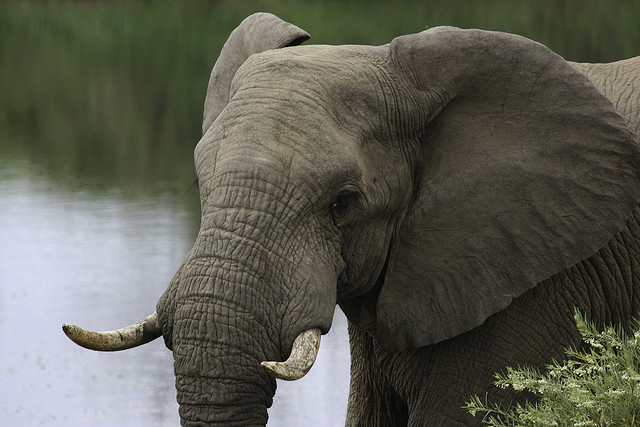
Poachers after their ivory tusks have largely contributed to the endangerment of the African Elephant. This incredible giant found throughout Africa has recovered coming back from the brink of extinction with growing numbers, but they are still not out of the red. Conservation efforts continue to combat their endangerment. They are highly intelligent, exceptionally emotional and social creatures making them one of the most advanced species on the planet. Have you ever seen one of these animals up close? We would love to hear about your encounters with the most endangered African animals.